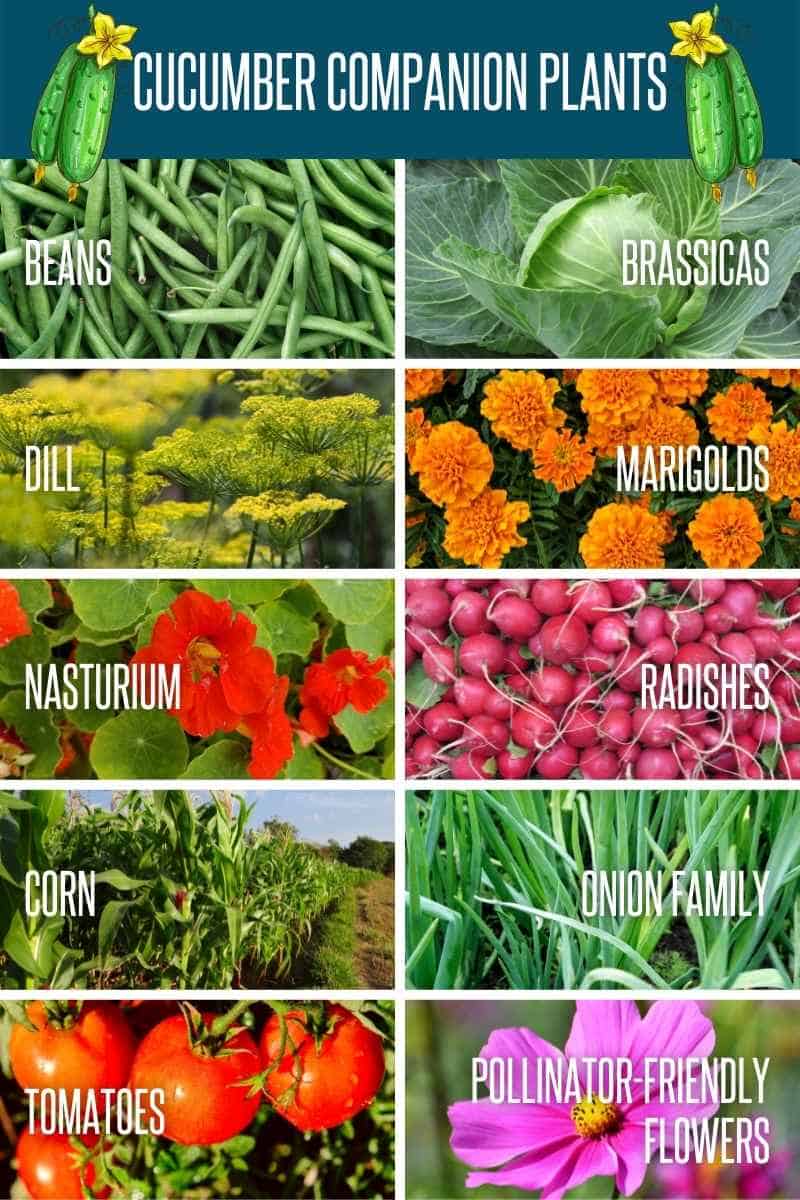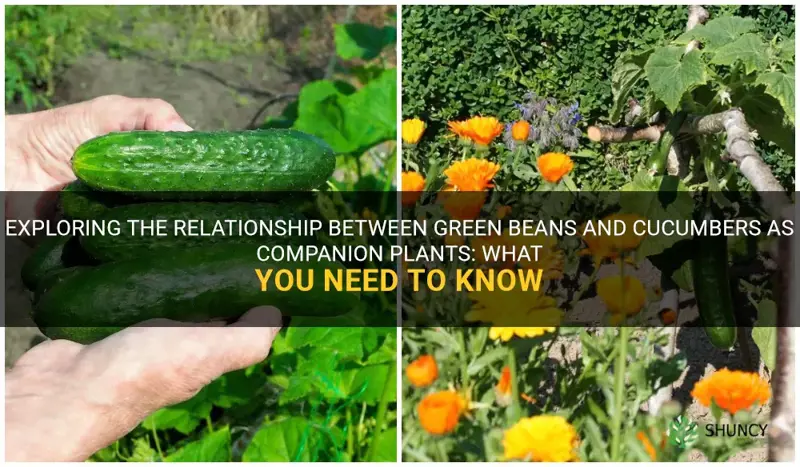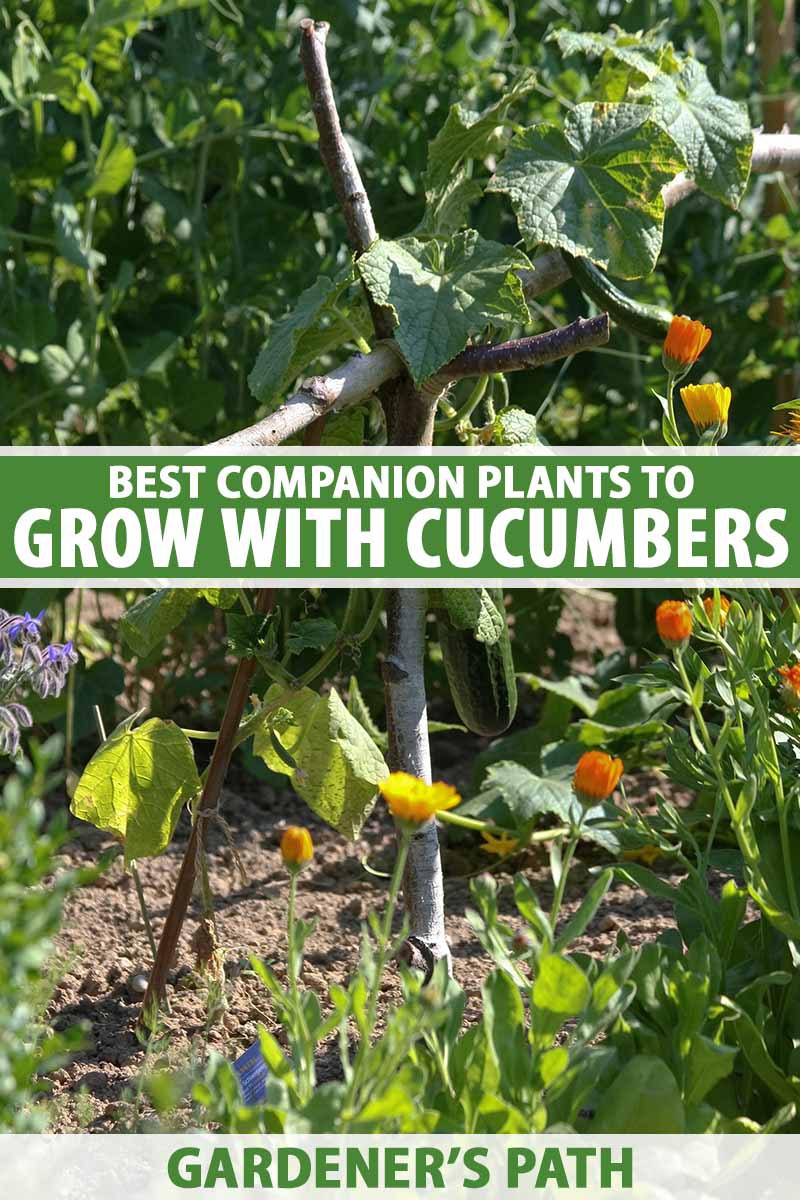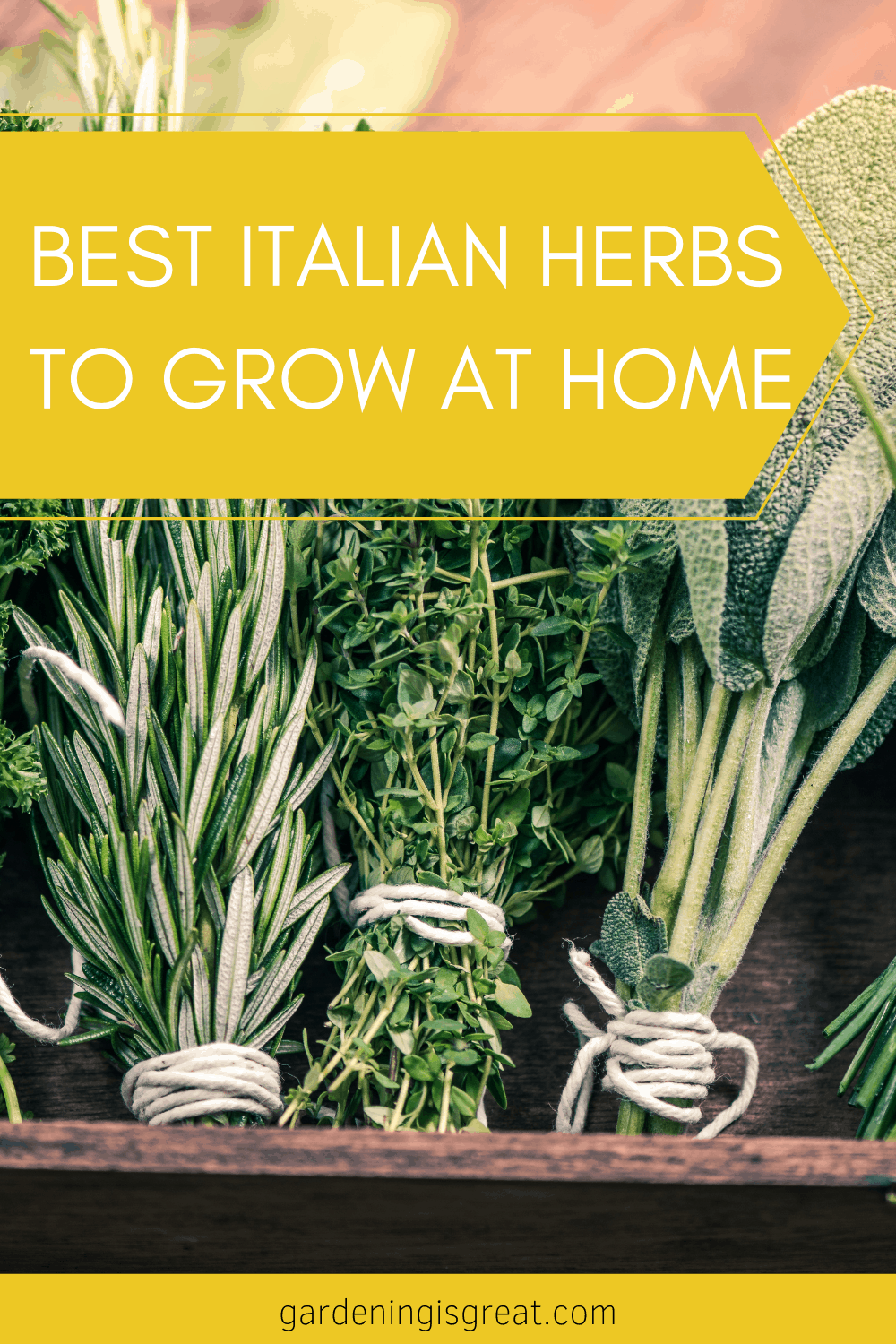Are Green Beans and Cucumbers Companion Plants? Practical Tips for Success

Standing over my raised beds in late spring, I remember thinking, “Green beans and cucumbers are both easy-going summer veggies—how bad could it be?” Fast forward two months: I was practically untangling a wrestling match between cucumber vines and bean stalks, leaves yellowing, yields dropping. If that scene sounds familiar, you’re not alone. Here’s the big secret: the most common mistake with companion planting isn’t picking “bad” neighbors—it’s assuming anything labeled as ‘easy’ will grow well together just because they share a season.

Let’s bust open the myth and talk about the real-world hiccups no one mentions until you’ve ruined a harvest or two.
The Overlooked Mistakes: Where Green Beans and Cucumbers Go Wrong
-
Vine Entanglement Syndrome
- Most people focus on which plants can go together, but rarely do they ask how those plants physically behave. My first attempt had bush beans politely minding their own business...until cucumber vines started slithering through their branches like green snakes. It wasn’t just shading; it was suffocation.
- What it feels like: By July, there’s a dense mat where air barely circulates. You’ll see mildewy spots on leaves and pods struggling to fill out.
-
Sunlight Sabotage
- No gardening book warned me that cucumbers—even when trained up a trellis—will throw shade (literally) onto anything planted east or north of them by mid-summer.
- The mistake: Planting beans directly next to cucumbers in hopes of saving space. Result? Bean plants looked more like they belonged in a cave than a garden bed.
-
Nutrient Tug-of-War
- This is the sneaky one: Both crops are hungry feeders early on, but cucumbers get especially greedy once fruiting starts. If your soil isn’t rich enough or you forget mid-season compost, watch for pale leaves and stunted growth—especially on the beans.
- The cost: In 2022, I compared yields from mixed beds vs separated beds (with identical soil/feeding). Mixed bed beans produced 40% less per row foot than those paired with carrots instead.
What Actually Works—and Why Most People Miss It
-
Green Beans Love Tall Friends (Not Pushy Ones)
- Corn is perfect—not because of some mystical synergy, but because corn stands tall and still while beans climb without competition for base space.
- Carrots are silent partners underground; they don’t care what happens topside as long as their roots have room.
-
Cucumbers Want Bodyguards & Groundcover
- Radishes repel cucumber beetles—tested this side-by-side in my own plot after losing half my crop to beetles the year before.
- Lettuce grown under cucumbers doesn’t just save moisture; it keeps weeds at bay while never rising high enough to block sunlight for anyone else.
How to Avoid These Classic Pitfalls (and Save Your Sanity)
-
Map Before You Dig
- Every spring now begins with graph paper and colored pencils—not out of perfectionism, but necessity after too many years winging it led to plant chaos.
- Block out where each crop lives based on mature height and sun movement across your yard. Trust me: future-you will thank past-you every time you don’t have to hack back vines in July humidity.
-
Vertical Gardening Isn’t Optional—It’s Survival
- If you must put these two crops close due to space constraints, invest $15 in a sturdy trellis for cucumbers and train beans up poles placed several feet away (not sharing supports).
- Pro tip: Run rows north-south if possible; both sides catch morning/evening light without shading each other out.
-
Feed Proactively
- Don’t wait for yellow leaves! Schedule compost top-dressing or liquid feedings every three weeks starting midsummer—set calendar reminders if needed.
- I use Espoma’s Garden-tone for an organic boost; cost breakdown? Less than $10 covers my whole veggie patch all season.
-
Prune Without Guilt
- Letting cucumber vines ramble unchecked is an invitation for trouble—a lesson hard-won after cutting away nearly half my tangled mess last August just so air could circulate again.
- Snip any runners heading toward bean territory weekly; better yet, redirect tendrils up their own support before they wrap around something they shouldn’t.
If Disaster Strikes Mid-Season

Already mixed your green beans with cucumbers? Don’t panic:
- Prune aggressively to create air channels between plants—think of yourself as a traffic cop directing rush hour flow.
- Add instant fertilizer around both crops if growth stalls; fish emulsion works fast (just prepare for that distinctive smell).
- Stake up any flopping stems immediately—beans especially hate being smothered from above.
And here’s what no one tells you: moving seedlings mid-June isn’t always fatal if you’re gentle about it and water deeply afterward—I’ve done emergency transplants twice with more success than expected!
Why Bother With All This Planning?
After years of trial-and-error (and more than one embarrassing plot takeover by rogue vines), I finally realized why experienced gardeners sketch layouts and stick notes in their seed boxes about last year’s combos: Because nothing tanks your confidence faster than watching two favorite veggies sabotage each other simply because you trusted a pretty Pinterest chart instead of garden-tested wisdom.
The real trick isn’t memorizing endless lists—it’s observing how sunlight moves across your garden at different times of day, remembering which plants turned into bullies last season, and not being afraid to change course when things get crowded.
So next time you eye those seed packets side by side? Pause for five minutes of planning—it’ll save hours of wrestling later on, not to mention boost your harvest by pounds rather than ounces.
Companion planting isn’t magic—but avoiding these common mistakes means less frustration...and far fewer plant breakups come July heatwaves!



